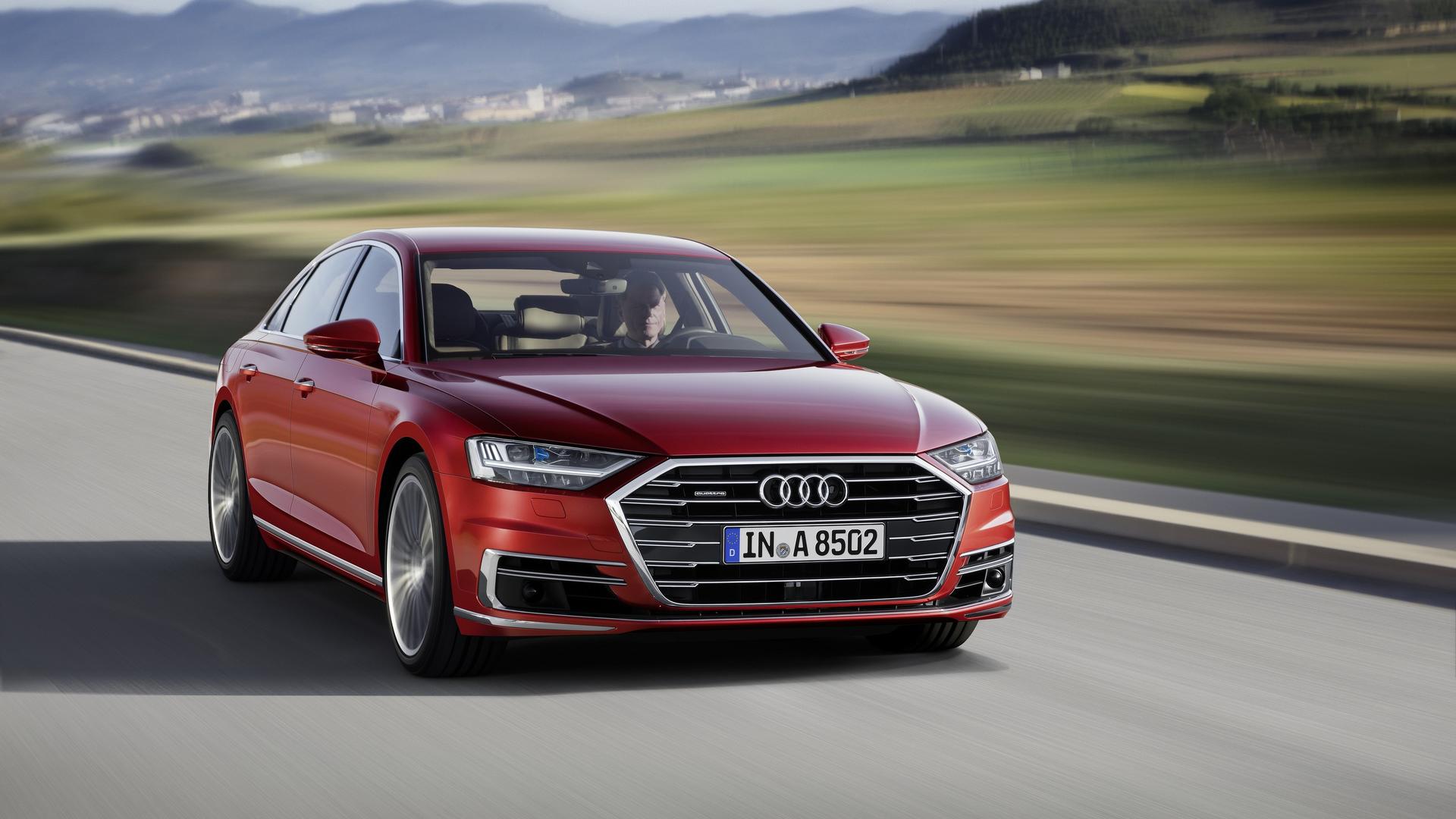5 Ways to Stay Safe While Driving at Night
Fatal accidents are three times more likely to occur during the hours of darkness. Reduced visibility coupled with tired drivers and increased wildlife activity come together to make the roads more treacherous and unpredictable than during the day time.
In order to stay safe on America’s roads, you should ensure you are clued up on the best safest driving practices after dark. Here are five tips to avoid accidents at night and prevent you making that phone call to collision repair services.
Use Your Headlights Wisely
The most intelligent way to use headlights when driving at night is to turn them on an hour before it gets dark. This will allow you maximum visibility while the sun is setting. It will also make your vehicle visible to oncoming traffic.
Your high beams should only be used if there is no oncoming traffic. As soon as you detect an oncoming vehicle (usually the first indication of oncoming traffic is the glare from their headlights), turn your full beams off and dip your headlights to avoid dazzling the oncoming driver.
Leave More Space Between You and the Car in Front
Darkness makes drivers more unpredictable. Not only is wildlife more active at night, which could lead to sudden braking from the car in front, you never know if the person in front is suffering from fatigue or under the influence of alcohol. To ensure you and your passengers are safe, you should drive extra-defensively when the sun goes down and leave additional space between you and the car in front.
Additionally, the closer you are to the car in front, the brighter your headlights will be in their mirror and the more dazzling they can be. Avoid distracting the driver in front by leaving a safe distance between you and the car in front and keeping your headlights dimmed.
Pull Over if You Feel Tired
The window when most fatigue-related accidents occur is between 1 am and 6 am. During this period, you should take regular breaks and ensure you pull over at the first sign of drowsiness. Caffeine can help but it can only do so much. Listen to your body and stop driving if you feel yourself becoming sleepy.
Clean Your Windshield
A dirty windshield will scatter oncoming light and create glare which will impact your visibility. Keep your windshield clear to maximize visibility. The same goes for your headlights. Any dirty that accumulates on the casing will dim the light and reduce visibility. If you are making a long journey and know you will be driving at night, it is worth cleaning both your lights and windshield before you set off. You should also ensure that if there are any cracks in your windshield, you get those looked at right away. You can opt for Luxury Vehicle Windshield Replacement and Repair if needed, so that when you are on the road, you are not parked up at night dealing with a window that has gone from slightly cracked to breaking off.
Stay Alert
You should be regularly checking your mirrors during the day but at night it is even more important. Watch for light and movement in your mirrors and stay aware of what is going on around your vehicle at all times.
Driving at night is about minimizing the risk your driving poses. It is also about reacting to other people’s mistakes. Even the safest driver in the world cannot control other road users. You can minimize the risk other drivers pose why leaving plenty of space between you and them, staying alert of other road users’ actions and driving at speeds that are safe for the visibility and conditions.






